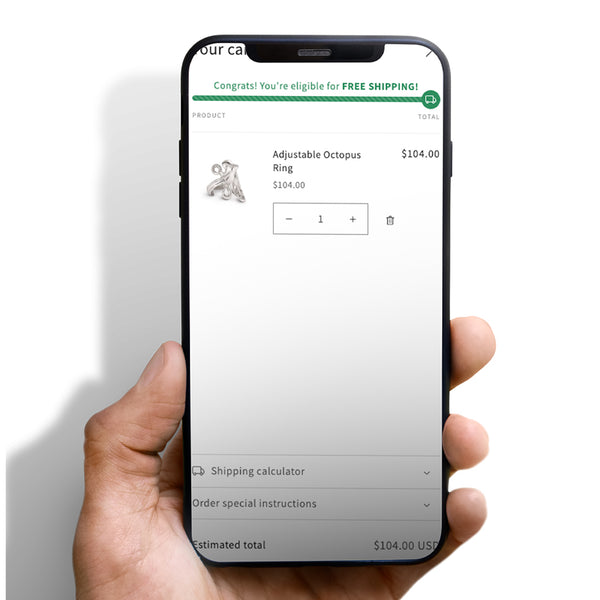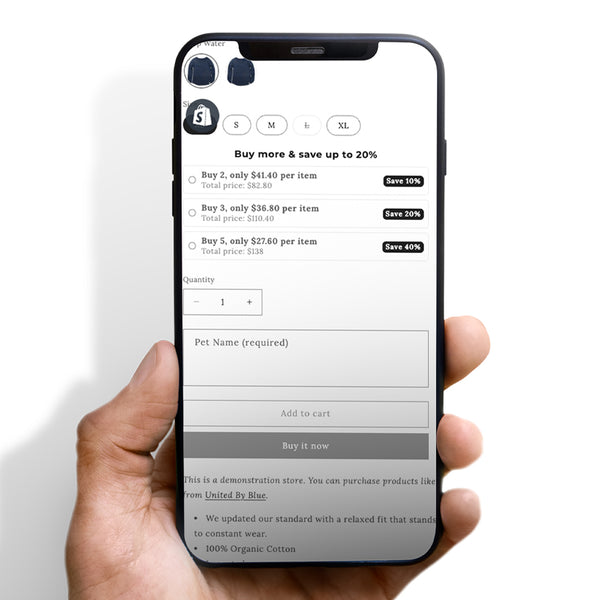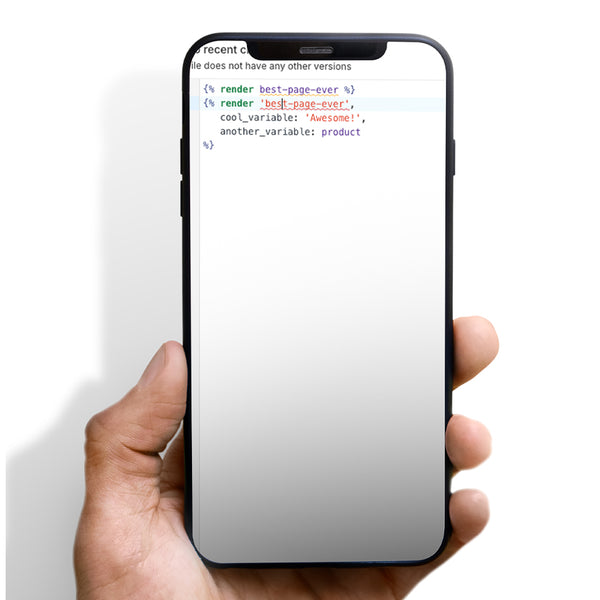Introduction
As a developer, you're always looking for ways to streamline your workflow and write better code in less time. One tool that can help you achieve these goals is code snippets. But what exactly are code snippets, and how do they work?
In this article, we'll answer these questions and more. We'll start by defining what code snippets are and how they can be used, then we'll explore some best practices for working with them. So, let's dive in!
What Are Code Snippets?
Simply put, code snippets are small pieces of reusable code that you can insert into your projects. They can be as simple as a single line of code or as complex as an entire function. Code snippets can be created for any programming language and can be used to automate repetitive tasks, speed up development, and improve code quality.
How Do Code Snippets Work?
Code snippets work by allowing you to quickly insert pre-written code into your projects. Most code editors and IDEs have built-in support for code snippets, allowing you to easily access and use them. Here's how it works:
-
You create a code snippet: To create a code snippet, you write a piece of code that you want to be able to reuse in the future. You then save this code as a snippet, usually with a name and a description.
-
You insert the code snippet: When you need to use the code snippet, you simply insert it into your project. This can usually be done with a keyboard shortcut or by typing a few letters of the snippet name and selecting it from a list.
-
The code snippet is inserted: The code snippet is inserted into your project, saving you the time and effort of having to write the code from scratch.
Benefits of Using Code Snippets
Using code snippets can offer several benefits to developers, including:
-
Increased productivity: By automating repetitive tasks and speeding up development, code snippets can help you get more done in less time.
-
Improved code quality: Code snippets can help you write more consistent and error-free code by providing a standard set of code that you can reuse across projects.
-
Reduced errors: By reducing the amount of code you have to write, code snippets can help you reduce the risk of introducing errors into your code.
-
Better collaboration: Code snippets can be shared among team members, making it easier to collaborate on projects and maintain consistency across codebases.
Best Practices for Using Code Snippets
While code snippets can be a powerful tool, it's important to use them effectively. Here are some best practices for using code snippets:
-
Keep your snippets organized: As you accumulate more and more code snippets, it's important to keep them organized. Use a consistent naming convention and categorize your snippets by language or functionality.
-
Write clear and concise descriptions: When creating code snippets, be sure to include clear and concise descriptions of what they do. This will make it easier to find and use the right snippet when you need it.
-
Avoid using overly complex snippets: While code snippets can save time, it's important not to sacrifice code quality for speed. Avoid using overly complex snippets that are difficult to understand or modify.
-
Update your snippets regularly: As your projects evolve and your coding practices change, it's important to update your code snippets to reflect these changes. This will help ensure that your snippets remain useful and relevant over time.


















 5/5 from 144 reviews
5/5 from 144 reviews

















